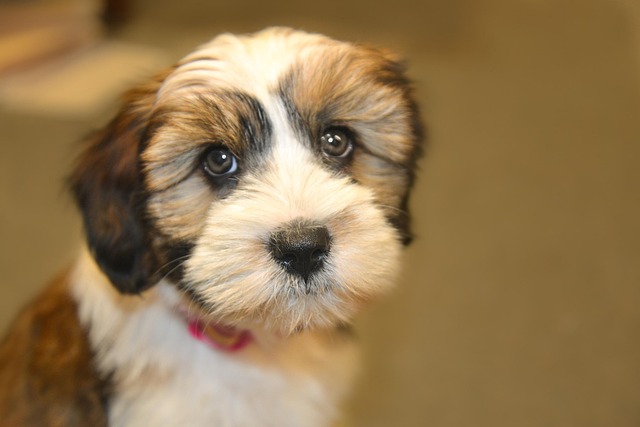
How do i train my dog to be obedient?
Watching your dog dart across the park ignoring your calls isn’t just frustrating—it can put them at risk near busy streets or public spaces.
Imagine your energetic Australian Shepherd pup clearing couch cushions in a single bound – that natural talent might tempt you to start agility immediately. But hold that thought: jumping before growth plates close (12-24 months depending on breed) risks lifelong joint damage. A 2023 AVMA study linked premature agility work to 67% of early arthritis cases in sporting breeds. That doesn’t mean idle waiting though – foundational training begins as early as 8 weeks. Build focus with "watch me" drills using high-value chicken, practice recall on 15-foot lines in fenced areas, and introduce ground-level obstacles like cavaletti poles. Crucially, use only positive reinforcement – reward attempts with playtime, never force obstacles or scold mistakes. This aligns with modern force-free ethics expected at AKC facilities and respects canine autonomy.
Progress strategically after maturity milestones: Start low-impact equipment at 50% adult height. Month 1 focuses on flatwork and contact trainers (ramps at 6 inches). By Month 3, introduce weave poles at 24-inch spacing. Only at Month 6 should you gradually raise jumps to full breed-appropriate height. Always watch for red flags: limping post-session, reluctance to perform known tasks, or excessive panting during cool-downs warrant immediate vet consultation. For apartment dwellers, create mini-courses using hallway tunnels and carpeted towel "jumps" to avoid noise complaints.
Now, connect training to legal responsibilities. Before any group class – even beginner foundations – ensure rabies and bordetella vaccines are current. This isn’t just smart; it’s legally mandated for training facilities in all 50 states. During outdoor practice sessions, always carry SCS-certified compostable bags. States like Florida impose $500 fines for uncollected waste on public fields, and neglected piles ignite neighborhood tensions faster than an off-leash dog near a playground.

Community etiquette ensures everyone enjoys the sport. In public parks, keep dogs leashed until achieving 100% bomb-proof recall, and schedule sessions during off-peak hours. If using apartment gyms, wipe down equipment after use and outfit your dog with non-marking paw grips. At formal classes, respect 6-foot spacing between dogs to prevent reactivity – always carry vet records in your training bag.
Ultimately, patience prevents injury while building enthusiasm. Giant breeds like Great Danes may need 24 months before equipment work, but all dogs benefit from early confidence-building. Pair agility with mental enrichment like puzzle toys to develop problem-solving skills. When done responsibly, agility strengthens bonds while honoring your dog’s physical limits and community harmony.

Watching your dog dart across the park ignoring your calls isn’t just frustrating—it can put them at risk near busy streets or public spaces.

New puppy owners often find themselves rushing to clean up accidents before they set in, and that’s where puppy pad training becomes a game-changer.

If you've noticed your dog's waistline disappearing and your veterinarian has mentioned those few extra pounds, your first instinct might be to simply reduce the amount of food in their bowl.

Training a dog to use a designated spot indoors isn’t as daunting as many new owners fear, but it does take consistency and an understanding of your pet’s needs.

That moment of dread on a walk is all too familiar for many new dog owners. You see another dog approaching down the sidewalk of your neighborhood

If the sight of another dog on your neighborhood walk makes your heart sink as your own dog erupts into a frenzy of barking and lunging, you're not alone.